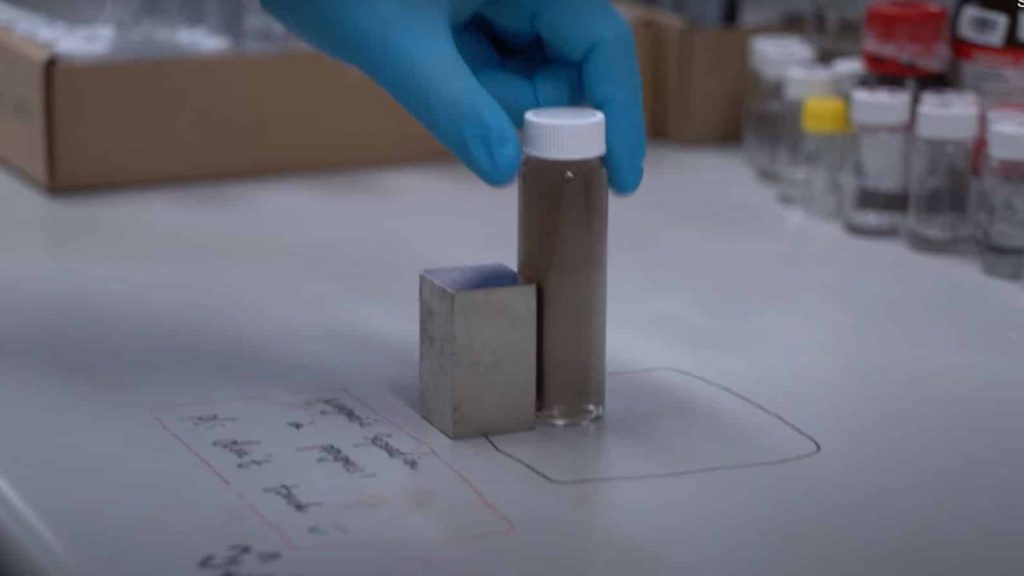Scientists in Australia have used magnets to swiftly and easily remove harmful PFAS compounds, known as “forever chemicals,” from water. The University of Queensland researchers discovered a method that does not require electricity or cumbersome lab equipment.
Since the 1950s, PFAS (perfluorinated and polyfluorinated alkyl compounds) have been widely employed in several applications, including firefighting foam used at airports and consumer products such as nonstick frying pans. They are now thought to cause cancer and other ailments and are dubbed “forever chemicals” due to their ability to persist in the environment without degrading. While they are no longer used, methods to remove them from local environments have been needed, especially where drinking water supplies have been contaminated.
Polymer chemist Dr. Cheng Zhang and Ph.D. candidate Xiao Tan at UQ’s Australian Institute for Bioengineering and Nanotechnology have spearheaded a way to quickly and easily remove PFAS from water.
Current methods for removing PFAS from water include carbon filters, which, while efficient, can take up to 30 hours to remove the contamination and require cumbersome equipment, according to Zhang. The approach created by UQ is also reusable up to ten times. Zhang stated that they were currently focusing on scaling up the method from lab-based research to something that could be used in individual homes and on a larger scale.
“We hope to have a commercially available product ready in the next three years,” he said. “Something you could buy from a supermarket in the same way that a lot of other water filtration products are available.”
“Our method shows it is possible to remove more of these chemicals in a way that is faster, cheaper, cleaner, and very simple,” said Dr. Cheng Zhang, co-author of the study. “Because our process does not need electricity, it can be used in remote and off-grid communities.” “Our team will now scale up the testing, and we hope to have a commercially available product ready in the next three years.”
The Australian Research Council, the National Health and Medical Research Council, The Chemours Company, and the US Department of Defense funded the study. Serious PFAS contamination has been detected in several areas around Australia, notably near defense stations in Queensland’s Oakey and Amberley, as well as Darwin and Katherine in the Northern Territory.

